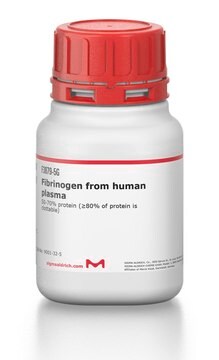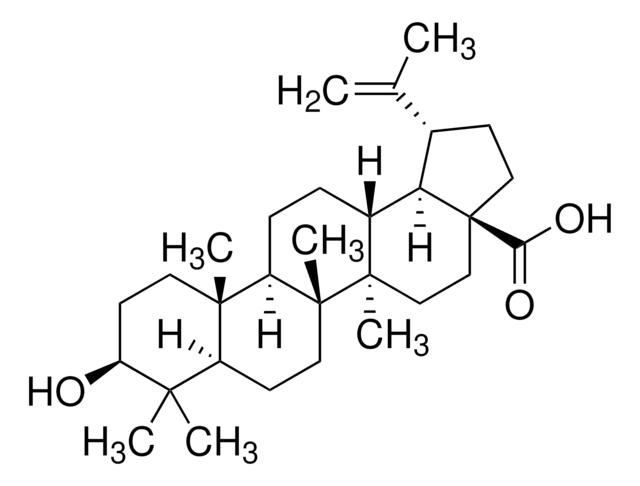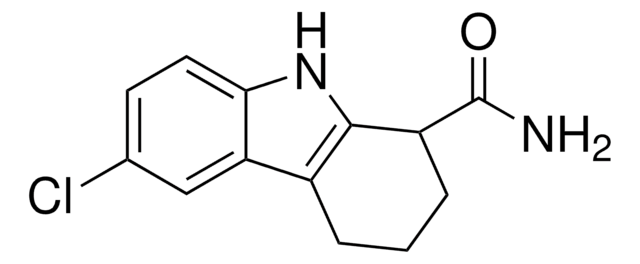SRP4324
Apo-SAA human
recombinant, expressed in E. coli, ≥98% (SDS-PAGE), ≥98% (HPLC)
Sinónimos:
Amyloid fibril protein AA, Amyloid protein A, SAA, SAA1, SAA2, Serum amyloid A protein
About This Item
Productos recomendados
origen biológico
human
recombinante
expressed in E. coli
Ensayo
≥98% (HPLC)
≥98% (SDS-PAGE)
Formulario
lyophilized
mol peso
~11.5 kDa
envase
pkg of 50 μg
condiciones de almacenamiento
avoid repeated freeze/thaw cycles
técnicas
protein expression: suitable
impurezas
endotoxin, tested
Nº de acceso NCBI
Condiciones de envío
wet ice
temp. de almacenamiento
−20°C
Información sobre el gen
human ... SAA1(6288)
Descripción general
Serum amyloid A (SAA) proteins are a group of apolipoproteins produced in response to cytokines released by activated monocytes/macrophages. SAA is a highly conserved acute-phase protein primarily synthesized by the liver.
Aplicación
Acciones bioquímicas o fisiológicas
Forma física
Reconstitución
Código de clase de almacenamiento
11 - Combustible Solids
Clase de riesgo para el agua (WGK)
WGK 3
Punto de inflamabilidad (°F)
Not applicable
Punto de inflamabilidad (°C)
Not applicable
Elija entre una de las versiones más recientes:
Certificados de análisis (COA)
¿No ve la versión correcta?
Si necesita una versión concreta, puede buscar un certificado específico por el número de lote.
¿Ya tiene este producto?
Encuentre la documentación para los productos que ha comprado recientemente en la Biblioteca de documentos.
Nuestro equipo de científicos tiene experiencia en todas las áreas de investigación: Ciencias de la vida, Ciencia de los materiales, Síntesis química, Cromatografía, Analítica y muchas otras.
Póngase en contacto con el Servicio técnico








